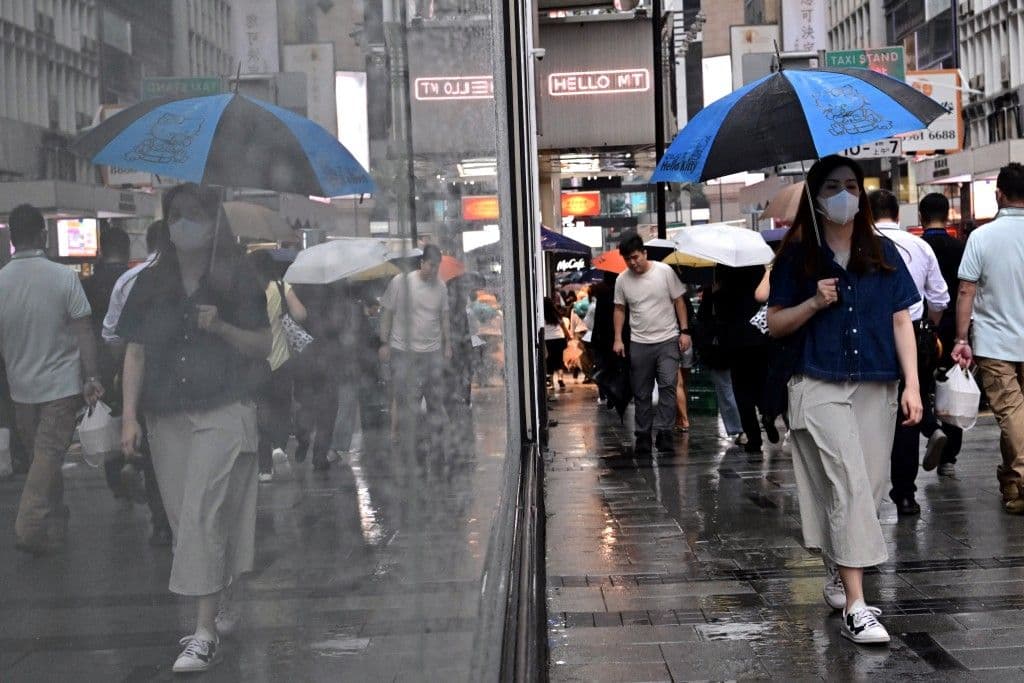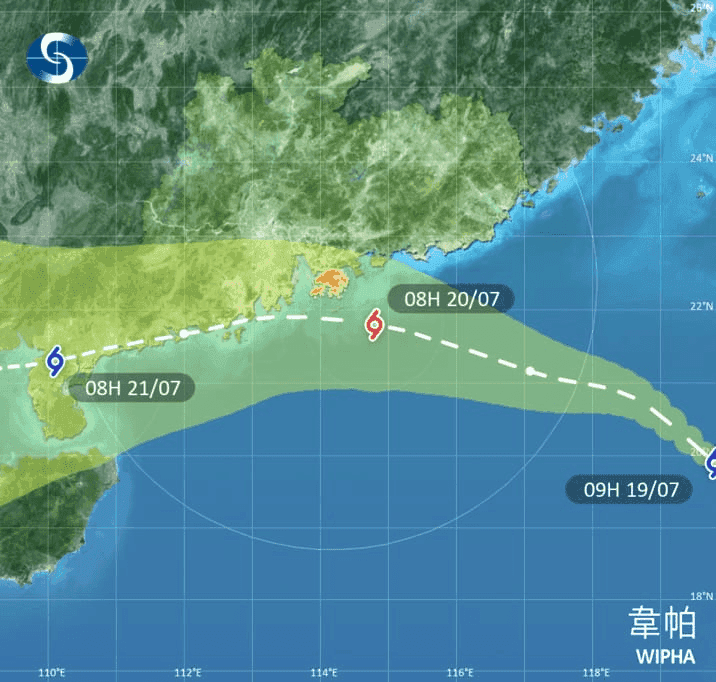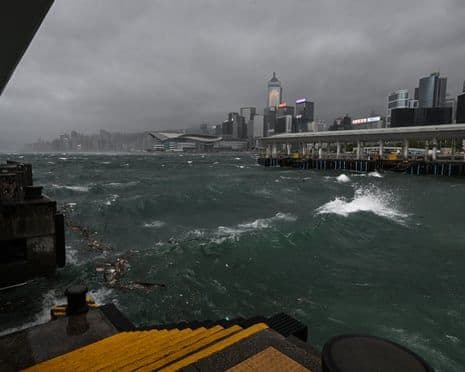Weather's Unseen Hand: How Coastal Megacities Master the Storm's Rhythm
Discover how coastal megacities like Hong Kong don't just endure, but thrive amidst extreme weather. Explore their innovative resilience, from infrastructure to daily life.

The Eternal Dance with Nature
Coastal megacities, particularly those lining Asia's vibrant shores, exist in a perpetual, intricate dance with the elements. Unlike inland counterparts, their very existence is shaped by the rhythm of the ocean and the atmospheric forces it unleashes. This isn't merely about occasional severe storms; it's a continuous engagement with dynamic weather patterns, where resilience isn't a choice but a fundamental necessity. Take , for instance, a city intimately familiar with the annual typhoon season. The recent approach of serves as a potent reminder of this ongoing relationship. As the escalated its typhoon warnings from T3 to a formidable T10, daily life immediately felt the storm's impending presence. Events were disrupted at Kai Tak, flights across southern China faced cancellations, yet, remarkably, the Hong Kong Book Fair continued to draw crowds, illustrating a fascinating blend of caution and ingrained adaptability. This constant ebb and flow of nature's power shapes everything from urban infrastructure to the very mindset of its inhabitants.

Building Fortresses: Infrastructure and Innovation
Living with such potent natural forces demands more than just awareness; it necessitates robust infrastructure and ceaseless innovation. Coastal megacities like have essentially become living fortresses, constantly upgrading their defenses against nature's wrath. The , for instance, doesn't just issue warnings; it provides critical intelligence on potential storm surges and advises on specific closures, like the overnight suspension of the vital 30-kilometer bridge connecting and . Ports in , another major coastal hub, swiftly suspend operations, demonstrating a proactive approach to safeguarding maritime activities. While a vessel did collide with a pier in Sai Wan and scaffolding detached in Braemar Hill during 's passage, these isolated incidents highlight the immense pressures sustained. Crucially, the absence of widespread flooding reported in historically vulnerable areas like Lei Yue Mun and Heng Fa Chuen during speaks volumes, underscoring the effectiveness of sophisticated drainage systems, flood barriers, and meticulously planned urban resilience strategies, which are continuously refined through experience and technological advancements.

Life Beyond the Warning Signal: Societal Adaptation
Beyond the concrete and steel, the true strength of these cities lies in the extraordinary adaptability of their populations. Life in a coastal megacity during a typhoon isn't just about sheltering in place; it's a deeply ingrained societal rhythm. When a T10 signal is hoisted, signifying extreme conditions, the community largely adheres to official advice, leading to temporary shutdowns. Yet, there's also a fascinating resilience, a collective understanding of when to hunker down and when to cautiously proceed. The , for instance, continued to attract crowds even as approached, showcasing a public that, while informed, also carries on where possible. This isn't defiance, but rather a cultivated normalcy within the extraordinary. The 240 reports of fallen trees amid the T10 signal are a stark reminder of the storm's raw power, but equally, the swift communication of official directives – often via dedicated apps and digital channels – ensures citizens are constantly updated, allowing for informed decisions and coordinated responses. This continuous flow of information, coupled with a deep-seated cultural preparedness, transforms mere survival into a highly organized, adaptive way of life.

Forecasting Tomorrow: Climate Shifts and Urban Futures
While coastal megacities have honed their adaptive strategies over decades, the horizon presents an even more complex challenge: a rapidly shifting climate. 's forecast intensification to typhoon strength as it tracks across southern China and towards and is a stark reminder of a global trend. We're witnessing not just more frequent extreme weather events, but often more intense ones, demanding a constant re-evaluation of urban resilience. The widespread impact in the , with nearly 100,000 individuals affected by flooding and landslides, and reports of missing persons, vividly illustrates the escalating stakes. For cities like , this means future-proofing isn't a one-off project but an ongoing commitment. It entails leveraging advanced predictive modeling to anticipate shifts in storm tracks and intensity, investing in next-generation green infrastructure, and fostering cross-regional collaboration. The goal is to move beyond reacting to the immediate storm to proactively shaping urban futures that can not only withstand, but thrive amidst the inevitable changes brought by an unpredictable climate.
Related Articles

The Human Equation of Extreme Weather: Adapting to Nature's Shifting Moods

The Human Equation of Extreme Weather: Adapting to Nature's Shifting Moods

Monsoon's Mercury: Navigating Hong Kong's Era of Unpredictable Deluges

Monsoon's Mercury: Navigating Hong Kong's Era of Unpredictable Deluges

Wipha's Whirling Warning: How Vietnam Faced an Unpredictable Force

Wipha's Whirling Warning: How Vietnam Faced an Unpredictable Force

Weather's New Imperative: How Forecasting Became Our Blueprint for Resilience
